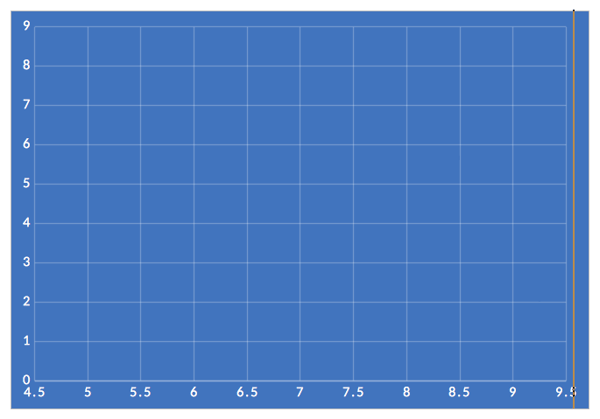As companies are looking to speed up digital transformation and agile initiatives to bounce back from the disruptions caused by the COVID pandemic, there is an increasing focus on AI and Machine Learning (ML). In the software testing world, AI automation testing tools are in the limelight once again as important enablers of smart QA organizations that help companies speed up their go-to-market.
While there are many who claim they have AI automation testing tools, it is important to understand the technology behind it—which in this case is ML—so as to determine testing capabilities.
As a pattern-recognition technology, ML is increasingly becoming important for QE engineers because of its predictive capability. ML-based automation testing tools are set to change testing.
Let’s dive into what constitutes the complex ML algorithms which are the core of AI automation testing tools.
ML Algorithms are broadly classified into two sets with different flavors of learning insights.
1. Supervised Learning
- Involves direct supervision
- Choice to select input and output
- Helps to determine the undetermined
One of the supervised algorithms that help in doing predictive analysis or supervised learning is Logistic Regression, which is a sigmoid function. It helps to identify the subsequent growth and when the max out happens in a stipulated environment. Assumptions like Input Value ( X) is to be combined with a coefficient value as Beta to predict an output value Y.
A standard logistic regression equation is:
Y = e^(b0 + b1*x)/(1 + e^(b0 + b1*x))
Where, b0 = intercept term
b1= coefficient for the input value provided as x
Let’s assume a scenario wherein we must predict if the student passes or fails in an examination.
| Studied(hrs) | Slept(hrs) | Passed |
|---|---|---|
| 5.12 | 8.23 | 1 |
| 9.25 | 2.15 | 0 |
| 5.61 | 7.44 | 1 |
| 8.45 | 5.67 | 0 |

For instance, we are modelling student as pass or fail and the first set = pass. In terms of binary values as pass/fail as 0 and 1, the model can be called as
P(X) = e^(b0 + b1*X) / 1+e^^(b0 + b1*X))
The equation can be reordered as Natural Logarithm(ln)
Ln(p(X) / 1-p(X) = b0 + b1 * X
So this balances the act of linear regression
The left hand side expression is termed as Odds, represented as
Ln(odds) = b0 + b1*X
i.e. ratio of the probability of the event looked for divided by the probability of the event not happening.
The Beta value is predicted based on the predictions as the coefficient would predict a value close to 1( for pass) and 0 ( for Fail).
Now we need to understand how we make predictions based on this model.
The predictions are made based on the amount of time the student spends studying or sleeping, and based on the entire set, the probability is determined.
2. Unsupervised Learning
- Group unsorted information as per their similarities or differences
- Complex algorithms determine output in unsupervised
3. Reinforcement Learning
- Here the situation is imagined, and the result is observed, analysed and noted.
- Different ways to implement are:
- Value based
- Policy based
- Model based
- It helps in sequential decision choice
- The outcome is mostly delayed and not available immediately
As we define logistic regression in detail, it is essential to understand the working model of AI and the science behind the AI concepts. Logistic regression is one such technique that helps to determine if the emailer in your inbox is spam or genuine. In the medical world it is used to predict cancer occurrence, in the business world it helps in determining what products will be more purchased by users in different regions. In the banking sector it assists to determine whether the home loan policy will be a hit or not.
The above reasons are significant factors that has made AI automation testing tools exciting. But we should remember that it needs its input X to be defined for the algorithms to work powerfully.
AI tools that use the supervised learning, unsupervised learning and the reinforcement learning techniques are driving the growth of the testing market. It is estimated that the software testing services market size has the potential to grow by USD 34.49 billion during 2020-2024, and as the world embraces agile, AI tools in QA practise will drive testing in a cohesive Agile environment.
The QE practice at Innominds is well-versed in AI driven Test Automation. We use ML-based advanced AI tools to help companies build smart QA organizations.
Author Bio: Annu Singh works as an Associate Manager, QE at Innominds. Her core responsibilities include seamless project delivery on QA Automation front. She is passionate about Mobile Test Automation. She is an enthusiast of AI-based automation and wants to uncover all the algorithms that forms the backbone of the AI industry.




